 |
 |
 |
 |
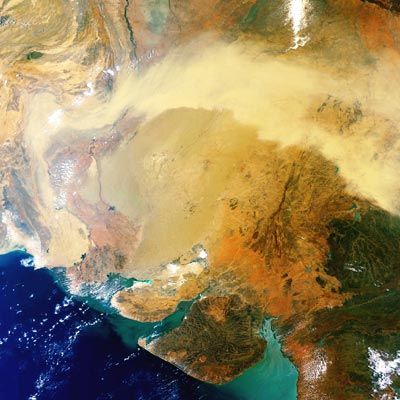 |

 |
|
|
|
|
|
Rajasthan News |
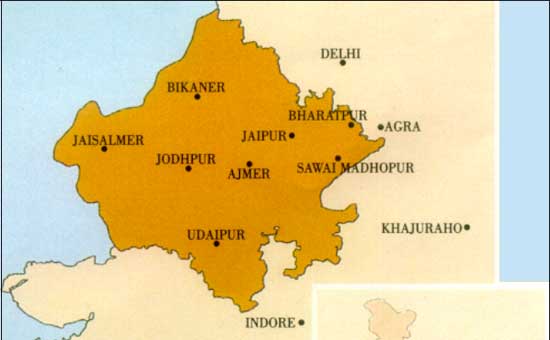 Rajput clans emerged and held their sway over different parts of Rajasthan from about 700 AD. Before that, Rajasthan was a part of several republics. It was a part of the Mauryan Empire. Other major republics that dominated this region include the Malavas, Arjunyas, Yaudhyas, Kushans, Saka Satraps, Guptas and Hunas. The Rajput clans ascendancy in Indian history was during the period from the eighth to the twelfth century AD. The Pratihars ruled Rajasthan and most of northern India during 750-1000 AD. Between 1000-1200 AD, Rajasthan witnessed the struggle for supremacy between Chalukyas, Parmars and Chauhans. Medieval Period, 1201 - 1707
Modern Period, 1707 - 1947
Rajasthan is a vibrant, exotic state where tradition and royal glory meet in a riot of colors against the vast backdrop of sand and desert. It has an unusual diversity in its entire forms- people, customs, culture, costumes, music, manners, dialects, cuisine and physiography. The land is endowed with invincible forts, magnificent palace havelis, rich culture and heritage, beauty and natural resources. It is a land rich in music, Dance, Art & Craft and Adventure, a land that never ceases to intrigue & enchant.There is a haunting air of romance, about the state, which is palpable in its every nook and corner. This abode of kings is one of the most exotic locales for tourist world over. The state has not only survived in all its ethnicity but owes its charisma and color to its enduring traditional way of life. It is one of the 26 states that, along with seven union territories, form the republic of India. So rich is the history of the land that every roadside village has its own tales of valour and sacrifice, the winds sing them and the sands shift to spread them. Rajasthan is Spicy, but then, what is life after all without little bit of spice, Rajasthan provides abundant scope to explore it. The panoramic outlook of the state is simply mesmerizing, with lofty hills of Aravali's - one of the oldest mountain ranges of the world and the golden sand dunes of the Great Indian Desert - the only desert of the sub-continent. No other region in the country is a conglomeration of so many paradoxes. It is a land of superlatives, everything over here is breathtakingly beautiful, impressive and fascinating! The state is well connected with other parts of the country and can be easily approached from Delhi and Bombay. Fast trains, direct bus and air connections make travel easy and comfortable. A visit to this wonderland will leave a lasting spell on your mind. In fact, one visit is not enough to capture the real essence of this magical land. You will, we assure you, keep coming back for more. 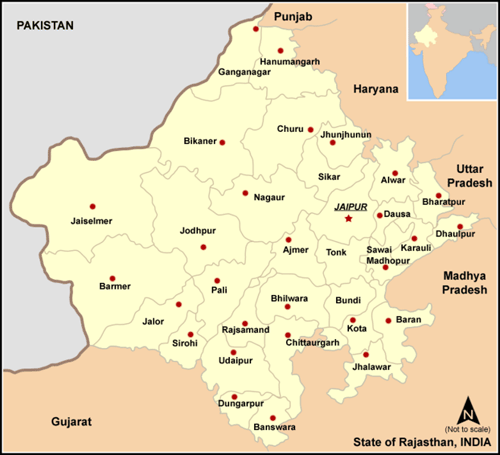 Rajasthan is a destination that defies definition. People
The Rajputs, who were the rulers of most of the erstwhile princely states of Rajasthan, form a major group of residents of Rajasthan. Rajputs are generally stoutly built people of good height. The Rajputs generally worshipped the Sun, Shiva, and Vishnu. Vedic religion is still followed by the Rajputs. All the auspicious and inauspicious activities are done in accordance to the Vedic traditions. The other castes found in Rajasthan are as folows: Brahmins : Their main occupation
was worshipping and performance of religious rites.
Religions
|
|
|
|
|
|
Rajasthan News |
| Distance Calculator in Rajasthan |
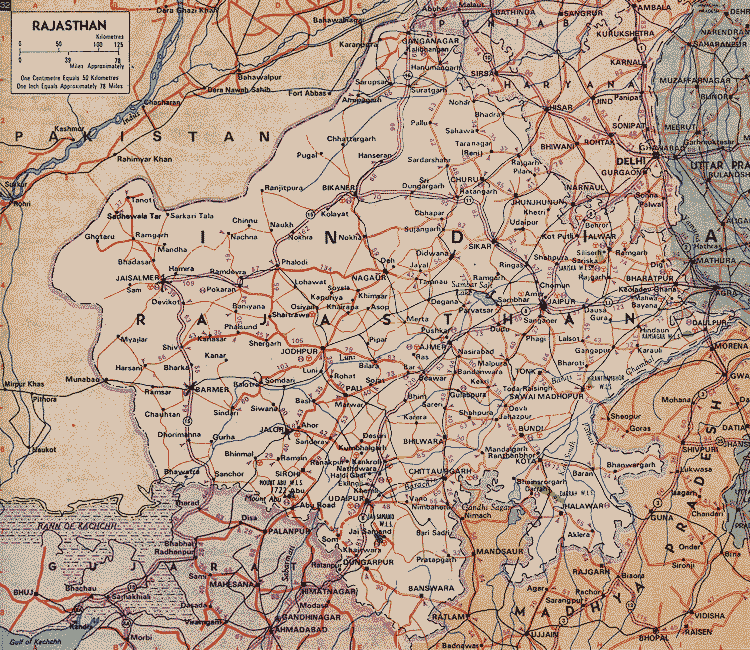
 |
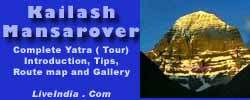 |
 |
 |
 |

Miss World - 2000 Priyanka Chopra |
 |
 |
 |
 |
 |
 |
 |
 |
 |
| Privacy Policy for LiveIndia.Com |